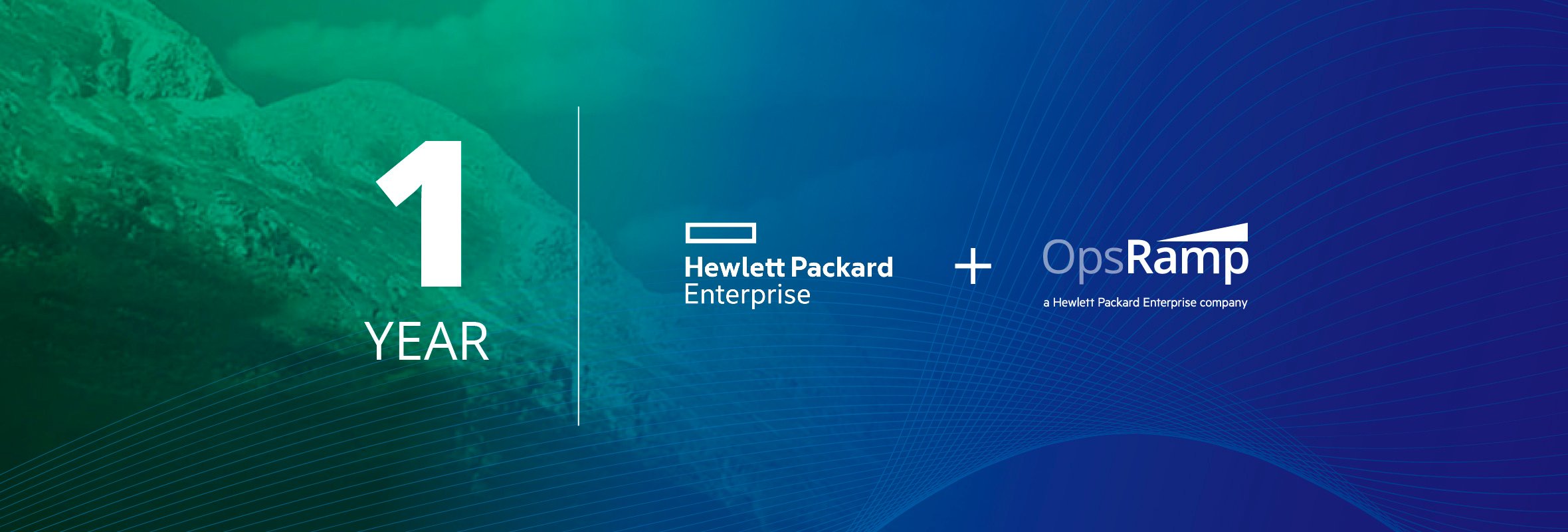At its recent conference in Barcelona, the third in its 2019 Symposium series, Gartner analysts spoke of how companies need to win in the turns to survive and thrive in the digital era. That means looking beyond apps and cloud, to disruptive forces in the digital economy as guideposts for IT strategy.
IT leaders will succeed based on their ability to lead the digital agenda during extreme uncertainty, whether that’s from customer preferences, trade wars or geopolitical changes affecting the economy. “How an organization deals — or is prepared to deal — with turns and disruption will dictate how that organization succeeds in the future,” wrote Gartner.
When looking ahead to 2020, most enterprise IT leaders will need to think even bigger than before: that means understanding global nuances in economy, politics, customer preferences and laws, according to Val Sribar, senior research vice president at Gartner. This could come about in the way CIOs design a multi-cloud strategy, for instance. Legal requirements such as data sovereignty controls, for instance, may dictate where certain applications and workloads live.
History is always a useful guide. Why did some companies come out of the 2008-2009 financial crisis in a powerful position, such as Netflix and Airbnb, while others struggled or simply died? It’s about winning in the turns or understanding how to find and seize the opportunity during major shifts in the market.
As Gartner wrote after the Orlando event: “The question is whether an organization will hit the brakes to avoid risk (slashing costs or pulling back on initiatives) or accelerate smoothly into and out of the challenge (banking on established key capabilities).” Mike Harris, Gartner’s EVP, Research & Advisory, makes an analogy to Apolo Ohno’s winning strategy of adeptly handling the turns in his Olympic career, here in this interview.
IT leaders who can bring proactive, thoughtful ideas and guidance during the big turns--such as what’s happening today with many upstarts disrupting traditional sectors such as hospitality, banking, healthcare and transportation--can gain an edge.
What can a #CIO expect in 2023 #GartnerSYM - leadership competencies will be key to success. Talent management top of the list. #cloudskills pic.twitter.com/wm57dYHFNs
— Darren Cunningham (@dcunni) November 4, 2019
Another theme at the Gartner Symposium was balance, or as Gartner calls this, TechQuilibirum. How will companies balance traditional and digital business practices, to effectively serve their audiences? Gartner shared a story about the city of Copenhagen which combined traditional human emergency services with Corti, an artificial intelligence (AI) bot. Corti can tell, by the tone of the caller’s voice, if the caller is having a heart attack. The human-digital strategy allowed Copenhagen to cut in half the number of undetected cardiac arrests.
In another example, UK retailer Argos has made strides by integrating ecommerce with physical stores. Eighty percent of Argo’s online orders get fulfilled at a physical store. Physical plus digital will be a winning strategy for many companies. The right balance depends upon a company’s customers, and what the market can bear. With Amazon orders straining traffic in New York City, it’ll be interesting to see how this balance plays out across many sectors. It’s safe to say that CIOs will be in the middle of these decisions--if not leading them altogether.
This is a lot to take in for most CIOs, but with the right IT infrastructure foundation, it’s easier to navigate the unpredictable turns. As apps and data volumes grow, as cloud adoption evolves, as DevOps approaches take off, the OpsRamp platform can bring needed visibility of all enterprise apps, services, and resources. OpsRamp can also drive greater intelligence and smarter automation with our focus on tools consolidation, integrations and AIOps.
#GartnerSYM Barcelona - @dcunni and team share their thoughts. Fantastic to connect with audience here. #ControlTheChaos pic.twitter.com/0vQIr2PsRp
— OpsRamp (@OpsRamp) November 5, 2019
Check out my previous coverage from Gartner Symposium: Malcolm Gladwell’s latest thoughts on innovation and trends in IT infrastructure and operations.
Next Steps:
- Read the Digital Enterprise Journal report: The Roadmap to Becoming a Top-Performing Organization in Managing IT Operations.
- Learn how you can move to the cloud without losing your mind: OpsRamp can help.
- Schedule a custom demonstration of the OpsRamp platform.






